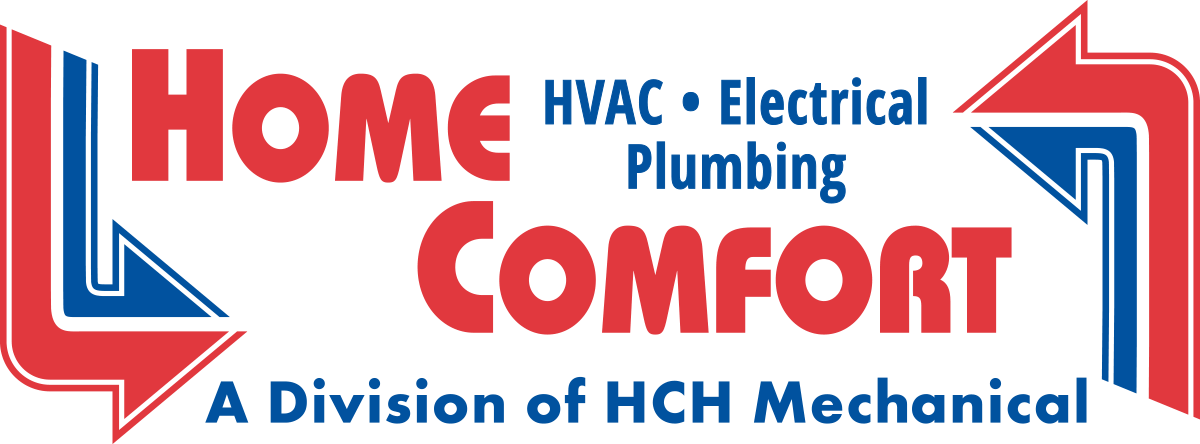
A furnace is almost always a background player in your home, keeping you warm during the cold winter months. It frequently isn't noticed until a malfunction appears.
One cause may be that your furnace has a cracked heat exchanger. It’s a potentially dangerous issue, so it’s worthwhile to know the symptoms of a cracked heat exchanger and what to do if you suspect that might be the problem.
What Is a Heat Exchanger in a Furnace?
A heat exchanger helps move heat from the combustion chamber inside your furnace to the air that moves throughout the system. It generally does this using coils or tubes that warm the air while functioning as a barrier to keep byproducts formed in the combustion chamber, called flue gasses, from escaping out into your home.
Is a Cracked Heat Exchanger Dangerous?
Thanks to its central role, it isn't surprising that a damaged heat exchanger can be very dangerous. Cracks in the heat exchanger can enable dangerous gasses – like carbon monoxide, which can be lethal – to be distributed through your home.
For obvious reasons, never run your heating if you suspect you're dealing with a cracked heat exchanger, as this could make the entire household ill. Call an HVAC professional as soon as possible if you are worried your heating has a cracked heat exchanger that needs to be repaired.
Four Warning Signs of a Cracked Heat Exchanger:
- Furnace shuts off: A crack in your heat exchanger can cause your furnace to switch off.
- Strange Smells: If the air leaving your furnace has a powerful chemical smell, it may be a sign gasses are leaking through cracks in your heat exchanger. These byproducts, which can smell like formaldehyde, are a major warning sign.
- Carbon monoxide alarm initiates or you recognize poisoning symptoms: If a cracked heat exchanger is emitting carbon monoxide into your home, your carbon monoxide alarm may go off or household members might struggle with signs of carbon monoxide poisoning. Side effects include headaches, dizziness, weakness, nausea, vomiting or feeling drowsy. If your alarm goes off or you feel unusually tired, exit the home as soon as you can and then call for help.
- Soot: If you see black sooty buildup near the exterior of your furnace, it’s another sign something could be seriously wrong.
What You Should Do if Your Furnace Heat Exchanger is Cracked
If you suspect your furnace has a cracked heat exchanger, call a pro well versed in furnace installation Eugene as soon as possible so they can inspect your system and, if needed, handle a furnace heat exchanger replacement. Costs often vary depending on the situation, but estimates often hover around $1,000 to $3,000.
However, the good news is that heat exchangers are regularly protected by the warranty. It's a good idea to confirm the warranty paperwork on your furnace, because while the warranty may not cover the entire cost of repairs, it still may significantly lower your bill.
How to Prevent a Cracked Heat Exchanger in Your Home
One of the most convenient ways to minimize the risk of problems in your furnace overall is with consistent furnace maintenance. Furnaces provide the best possible return on investment when they work efficiently. Hiring a trained professional to examine your furnace for broken-down parts, clogs in the air filters and other potential problems can keep you from getting a big bill later on.
It’s also helpful to review your furnace filters every few months – it’s encouraged some filters be swapped out every 90 days or sooner if they are dirty or grimy. While the filters aren't connected to the heat exchanger itself, the strain of drawing air through a clogged filter makes your entire furnace work harder to do its job. And the harder your furnace works, the more strain parts like the heat exchanger will sustain.
